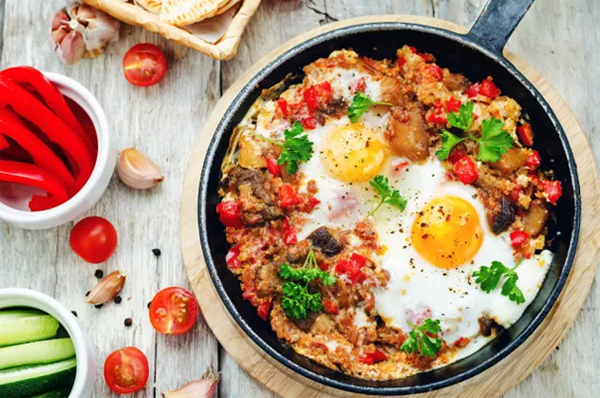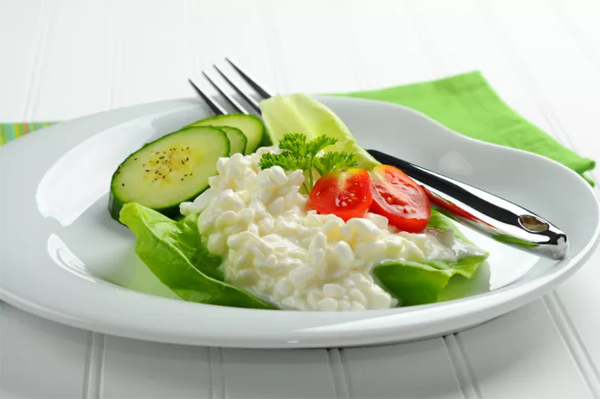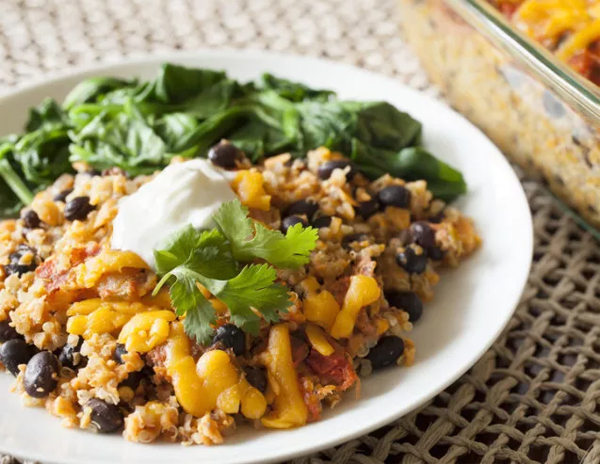If you want to build lean muscle, then you should be eating plenty of protein. Increase your intake of protein during training to build lean mass. Don’t overlook mealtime opportunities to eat protein, which will help you stay satisfied longer and give you fuel for rigorous routines and workouts.
Get much-needed protein with these mealtime suggestions:

Breakfast and brunch
There is a misconception that a high-protein breakfast is found in a glass; while smoothies can be high-protein food sources, there is adequate protein found in some popular items that you may have on hand. Check out these high-protein options for breakfast or brunch:
– Eggs contain around six grams of protein each and are loaded with essential minerals, vitamins, and amino acids. Just be careful of adding hydrogenated oils and unhealthy fats during the cooking process.
– Almonds can be ground or chopped and added to anything, from cereal and muffins to yogurt and fruits. With around 5-grams of protein per handful (around 20 nuts), almonds are an excellent protein source first thing in the morning.
– Rolled oats are a high-protein way to start the day, at nearly seven- grams of protein per half-cup, uncooked. Add non-dairy milk, such as soy or coconut milk, and you get even more protein, in addition to Vitamin A, calcium, and Vitamin D, each serving.

Light lunches
Take time to eat at least every four hours, and treat yourself to a high-protein lunch. While carbs might give you some temporary energy, protein will keep you fuller longer and give you the stamina to make it through your busy afternoon. Some great lunch proteins include:
– Cottage Cheese can be eaten any time of the day, but with 14-grams of protein per half-cup, it is a lunch that will sustain you. Try drizzling with low-fat salad dressing or adding cumin and chili powder for a savory dip for veggies or whole-grain crackers.
– Greek Yogurt has twice the protein of regular yogurt, and it has a denser, more concentrated quality. Drizzle with honey for a sweet snack at lunch, or serve with savory dressings on a bed of salad greens.
– Quinoa is a grain that contains all nine essential amino acids that you need every day. Serve warm with roasted vegetables or cook and chill for a high-protein spin on pasta salad.
– Peanut Butter is a high-protein food that is perfect for lunch. Who doesn’t love a peanut butter and jelly sandwich? Make it on whole-grain or plant-based sprouted bread, with two tablespoons of peanut butter containing around eight grams of protein and plenty of dietary fiber.

Dinner and supper
Be sure that you include plenty of protein in your dinner or evening meal to sustain you while you sleep at night. This is also the time when the body restores, builds, and heals itself, so give it the necessary building blocks to do so. Plan on protein for dinner with the following foods:
– Broccoli has almost two grams of protein per half-cup serving.
– Lentils contain nearly nine grams of protein per half-cup, cooked.
– Brussel Sprouts are high in dietary fiber, and one cup contains nearly four grams of protein.
– Kale contains over two grams of protein per cup serving, cooked.
– Spinach has three grams per half-cup, cooked.
Make a point of eating protein at every meal, and find high-protein snacks to keep you satisfied in-between. When you are cognizant of the dietary protein in the foods that you eat every day, you may find ways to increase your daily intake and build more lean muscle mass. Try these tips and treat yourself to a healthful, high-protein diet that provides energy and stamina to get through even the toughest day.
Author Bio: Daniel E. Lofaso is a health and nutrition writer and is the Community Outreach Manager for Good EATS Café, a farm-to-table restaurant in Amityville, NY. Follow the Good EATS blog and Facebook for more healthy living ideas.
Photo Credit: Shutterstock.com
